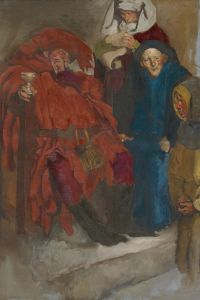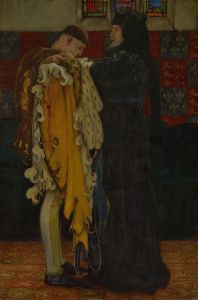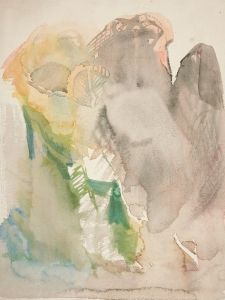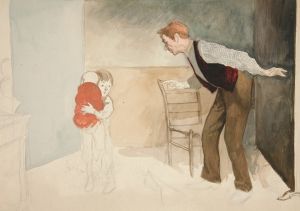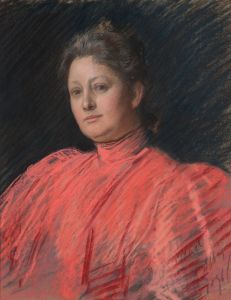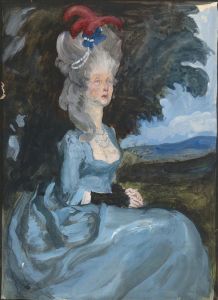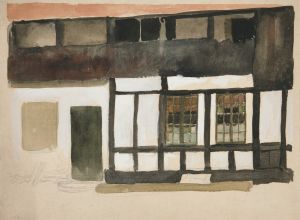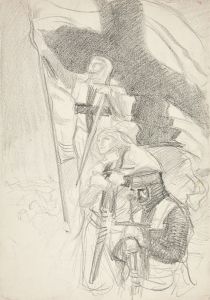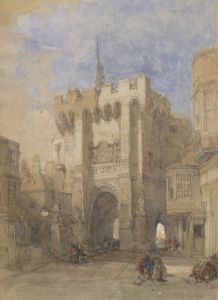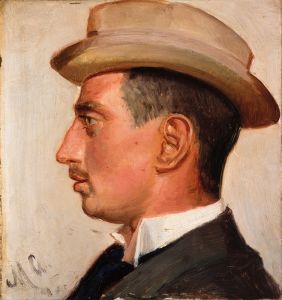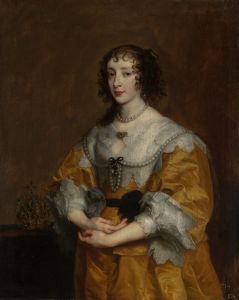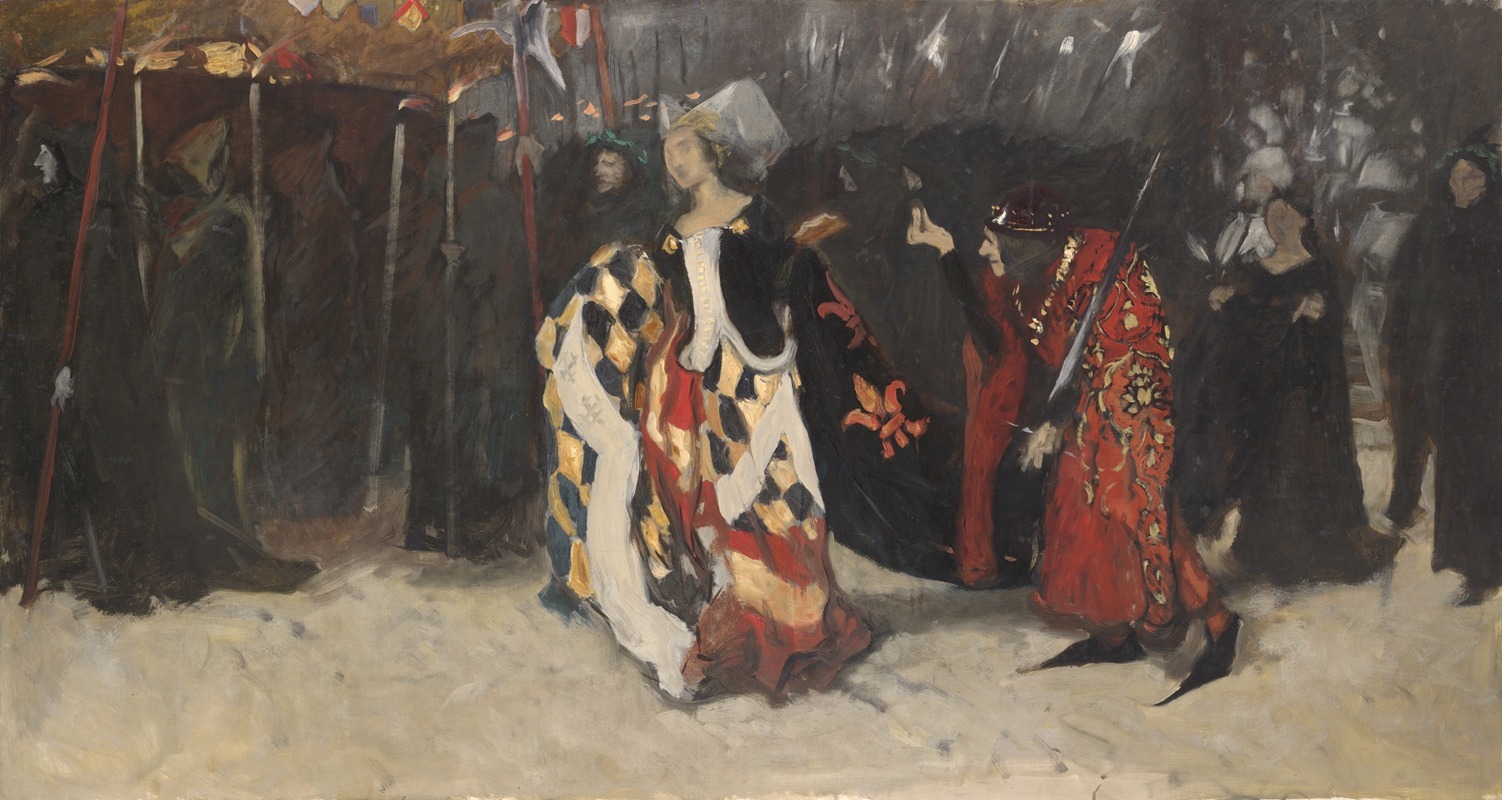
Compositional Study, for Richard, Duke of Gloucester, and the Lady Anne
A hand-painted replica of Edwin Austin Abbey’s masterpiece Compositional Study, for Richard, Duke of Gloucester, and the Lady Anne, meticulously crafted by professional artists to capture the true essence of the original. Each piece is created with museum-quality canvas and rare mineral pigments, carefully painted by experienced artists with delicate brushstrokes and rich, layered colors to perfectly recreate the texture of the original artwork. Unlike machine-printed reproductions, this hand-painted version brings the painting to life, infused with the artist’s emotions and skill in every stroke. Whether for personal collection or home decoration, it instantly elevates the artistic atmosphere of any space.
Edwin Austin Abbey's painting "Compositional Study, for Richard, Duke of Gloucester, and the Lady Anne" is a notable work that reflects the artist's fascination with historical and literary themes. Abbey, an American artist born in 1852, is renowned for his illustrations and paintings that often draw inspiration from Shakespearean plays and English history. This particular work is a study for a larger composition that Abbey intended to create, focusing on characters from William Shakespeare's play "Richard III."
The painting captures a pivotal moment from the play, where Richard, Duke of Gloucester, later King Richard III, woos Lady Anne Neville. This scene is one of the most dramatic and psychologically complex in Shakespeare's works, as Richard, who is responsible for the deaths of Anne's husband and father-in-law, manages to persuade her to marry him. Abbey's study likely explores the tension and emotional depth of this encounter, emphasizing the characters' expressions and body language to convey the underlying drama.
Abbey's interest in this subject is consistent with his broader artistic focus. Throughout his career, he was deeply engaged with the works of Shakespeare, producing numerous illustrations and paintings that brought the playwright's characters and scenes to life. His attention to historical detail and ability to capture the essence of Shakespearean drama made his works popular in both the United States and England.
The "Compositional Study" itself would have been part of Abbey's preparatory process, allowing him to experiment with composition, lighting, and character placement before committing to a final version. Such studies were common practice for artists of his time, providing a space to refine ideas and techniques. Abbey's meticulous approach often involved extensive research into period costumes and settings, ensuring historical accuracy and enhancing the authenticity of his work.
While the final version of this particular scene may not have been completed or widely recognized, the study remains a testament to Abbey's skill and dedication as an artist. His ability to convey complex narratives through visual art continues to be appreciated by art historians and enthusiasts alike.
Abbey's contributions to the art world extend beyond his paintings. He was also a prominent illustrator, contributing to publications such as Harper's Weekly, where his work reached a broad audience. His illustrations often depicted scenes from literature and history, further cementing his reputation as an artist who bridged the gap between fine art and popular culture.
In summary, "Compositional Study, for Richard, Duke of Gloucester, and the Lady Anne" exemplifies Edwin Austin Abbey's artistic focus on historical and literary subjects, particularly those drawn from Shakespearean drama. Through his detailed studies and final compositions, Abbey captured the emotional and narrative complexities of his chosen themes, leaving a lasting impact on the art world.





